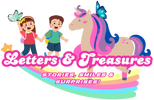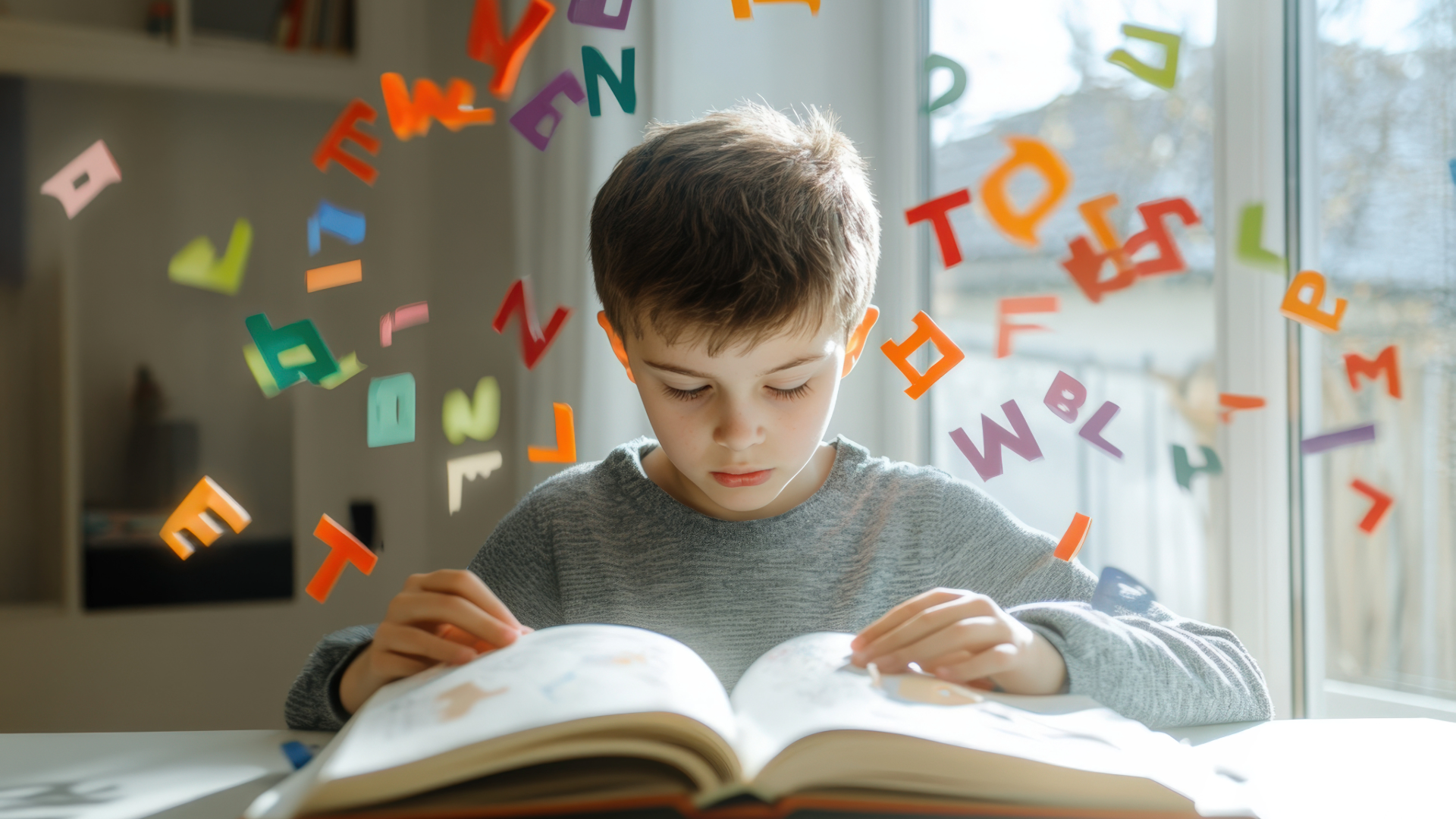Children’s books are more than just stories; they are gateways to worlds filled with adventure, learning, and imagination. From the gentle rhymes of picture books to the gripping tales of middle-grade novels, children’s literature plays a vital role in shaping young minds and fostering a lifelong love of reading.
Why Are Children’s Books Important?
- Fostering Imagination: Stories transport children to magical lands, introduce them to fantastical characters, and spark their creativity. Books like Where the Wild Things Are and Harry Potter invite young readers to dream big and think beyond the ordinary.
- Building Empathy: By reading about characters from different backgrounds and experiences, children learn to understand and appreciate diversity. Books such as Last Stop on Market Street and Wonder teach valuable lessons about kindness and inclusion.
- Encouraging Lifelong Learning: Many children’s books are educational, introducing young readers to concepts in science, history, and art in an engaging way. Series like Magic School Bus and Who Was? make learning exciting and accessible.
- Strengthening Bonds: Reading together is a cherished activity for many families. Sharing stories fosters emotional connections and creates lasting memories. Bedtime classics like Goodnight Moon offer moments of closeness and comfort.
Popular Genres in Children’s Literature
- Picture Books: Designed for the youngest readers, picture books combine simple text with vivid illustrations to tell enchanting stories. Classics like The Very Hungry Caterpillar captivate young minds while teaching basic concepts.
- Fantasy and Adventure: These books whisk children away to imaginary worlds filled with magic and heroism. Titles like Percy Jackson and The Chronicles of Narnia are perennial favorites.
- Realistic Fiction: Stories rooted in real-life experiences, such as Ramona Quimby, Age 8, help children navigate the challenges and joys of growing up.
- Non-Fiction: Books that introduce facts in a fun and engaging way, such as National Geographic Kids, inspire curiosity and a love of knowledge.
- Poetry and Rhymes: Books filled with rhythmic text, like Dr. Seuss’s Green Eggs and Ham, are perfect for early readers learning the joy of language.
Tips for Choosing the Right Books
- Age Appropriateness: Select books that match the child’s developmental stage and reading level.
- Interests and Passions: Choose topics that resonate with the child’s hobbies and curiosity.
- Diverse Representation: Look for books that celebrate different cultures, abilities, and perspectives.
- Interactive Features: Books with pop-ups, flaps, or questions encourage engagement and make reading a fun activity.
Encouraging Kids to Read
- Create a Reading Nook: A cozy, dedicated space with comfy seating and good lighting can make reading more inviting.
- Set an Example: When children see adults reading, they’re more likely to pick up a book themselves.
- Visit Libraries and Bookstores: Explore new titles together and let children choose books that catch their eye.
- Incorporate Themes: Plan activities or crafts inspired by the books they read.
Conclusion
Children’s books hold the power to inspire, educate, and delight. By encouraging young readers to explore these treasures, we not only help them grow intellectually but also nurture their hearts and imaginations. Whether it’s a whimsical tale of dragons or a heartfelt story about friendship, every book opens a door to endless possibilities.

